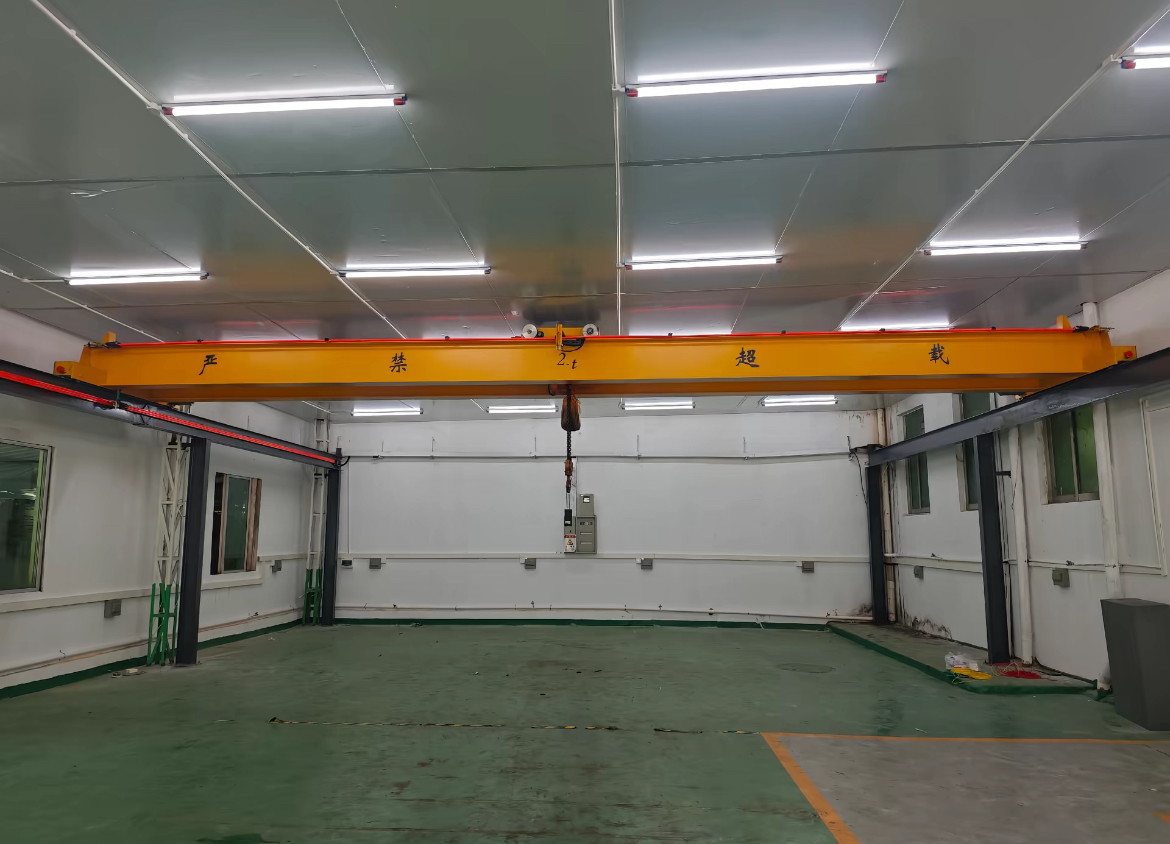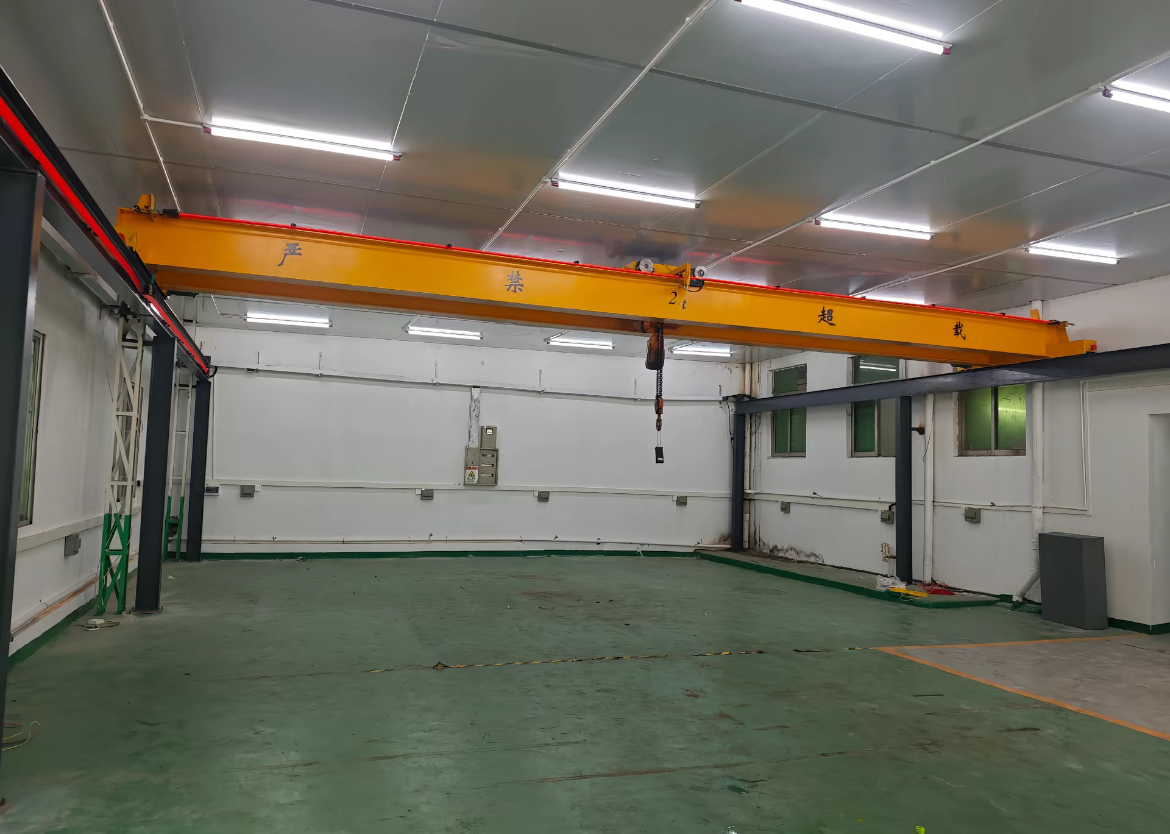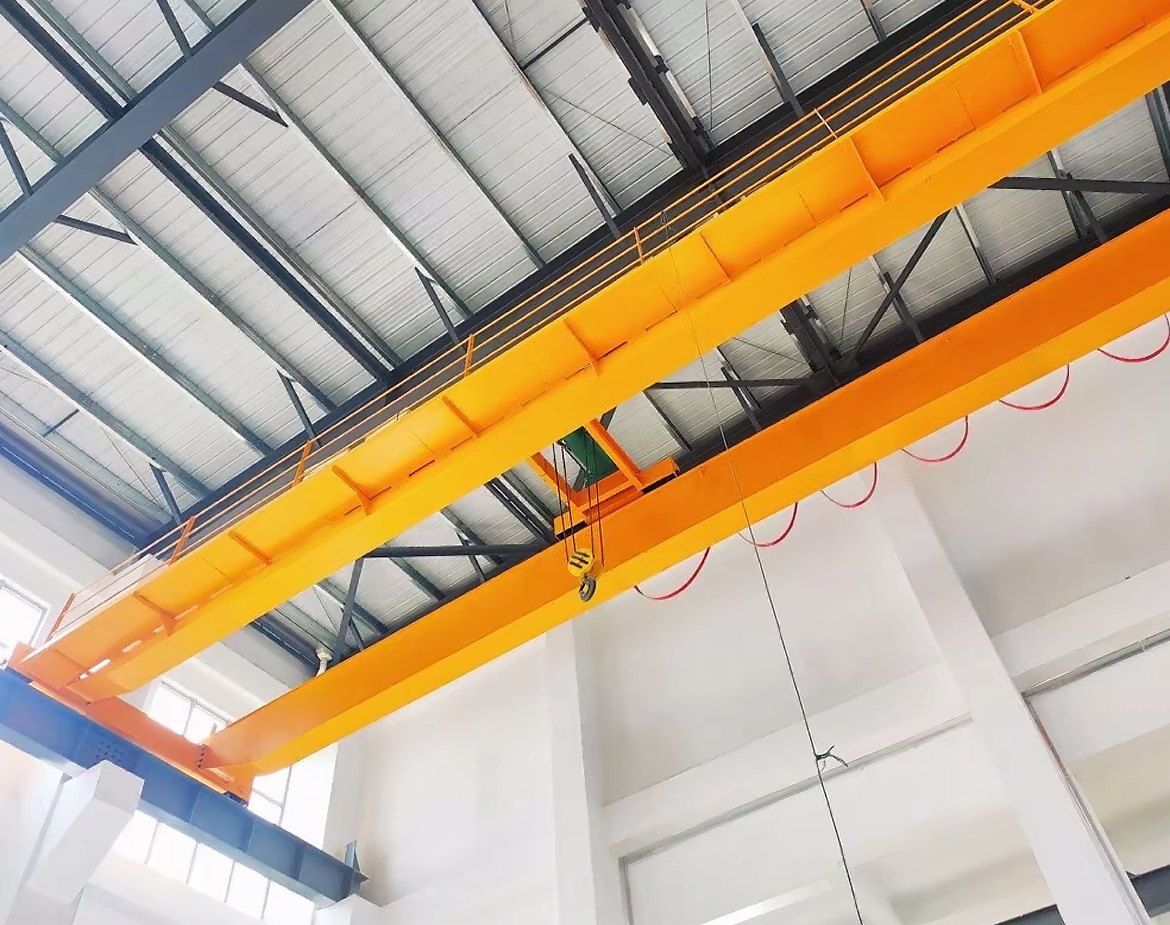Causes and Prevention of Crane Toppling and Boom Collapse
Cranes play an essential role in industrial and construction settings, where their safe operation is critical. Despite their importance, accidents such as toppling and boom collapse remain significant risks, often resulting from operational errors or poor maintenance. This article addresses the primary causes of these failures—focusing on overhead crane, gantry crane, and general crane equipment—and outlines practical measures to enhance safety and prevent accidents.

Why Do Cranes Topple or Suffer Boom Failures?
Causes of Toppling
Toppling occurs when a crane loses balance and tips over. This is especially common in mobile cranes but can also affect gantry crane systems operating on unstable tracks:
Overloading: Exceeding the rated load capacity is the leading cause of instability. Every crane has design limits; ignoring them risks moment imbalance and overturning.
Unstable Foundation: For gantry crane installations and mobile units, foundation integrity is crucial. Soft ground, track misalignment, or improperly deployed outriggers may lead to uneven force distribution and collapse.
Operational Errors: Actions such as side-pulling, abrupt lifting, or rapid swinging can induce excessive inertial forces, pushing the crane beyond its stability limits.
Environmental Factors: High winds can generate lateral loads that exceed design specifications, particularly for outdoor gantry crane applications.
Causes of Boom Collapse
Boom failure involves the fracture or bending of the crane's arm. While more common in mobile or tower cranes, similar structural failures may occur in the girders of an overhead crane:
Overloading and Over-moment Lifting: Even within load limits, an excessive radius can create dangerous bending moments, leading to structural failure.
Structural Degradation: Pre-existing issues—cracks, corrosion, poor repairs—weaken booms or girders over time. This is especially relevant for older overhead crane installations.
Shock Loads: Sudden load release, collisions, or dropped loads generate intense dynamic stresses.
Design or Manufacturing Flaws: Inadequate materials or design errors can also contribute to gantry crane or overhead crane failures.

Common Hazards and Preventive Strategies
Frequently Encountered Risks
Equipment Issues: Worn ropes, faulty brakes, malfunctioning limit switches in overhead crane or gantry crane systems.
Management Gaps: Lack of inspections, unqualified operators, poor maintenance protocols for crane equipment.
Site Hazards: Obstructions on overhead crane rails, uneven tracks for gantry crane, or nearby power lines.
Key Prevention Measures
Avoid Overloading: Use calibrated load moment limiters and avoid exceeding rated capacities for every crane. Ensure all safety devices are functional and never bypass alarms on gantry crane or overhead crane systems.
Routine Inspections and Maintenance: Implement daily and periodic checks focused on structural integrity, mechanical components, and safety devices of each crane. Immediately retire faulty overhead crane or gantry crane equipment from service until professionally repaired.
Operator Training and Certification: Permit only trained and certified personnel to operate overhead crane or gantry crane systems. Reinforce safety protocols through regular training.
Site Safety Management: Keep operating environments clear. Regularly check rails and foundations for gantry crane and overhead crane. Halt operations during inclement weather and secure crane equipment against environmental hazards.
Emergency Preparedness: Develop and drill specific emergency plans for collapse scenarios involving crane systems. Ensure clear reporting protocols and availability of first-response equipment.

Conclusion
Safe crane operation hinges on a systematic approach that integrates technical maintenance, human factors, and environmental awareness. Whether using an overhead crane indoors or a gantry crane outside, stakeholders must prioritize regular inspections, training, and adherence to safety standards. Through proactive measures, most accidents—including toppling and boom failures—can be prevented, safeguarding both personnel and productivity.


